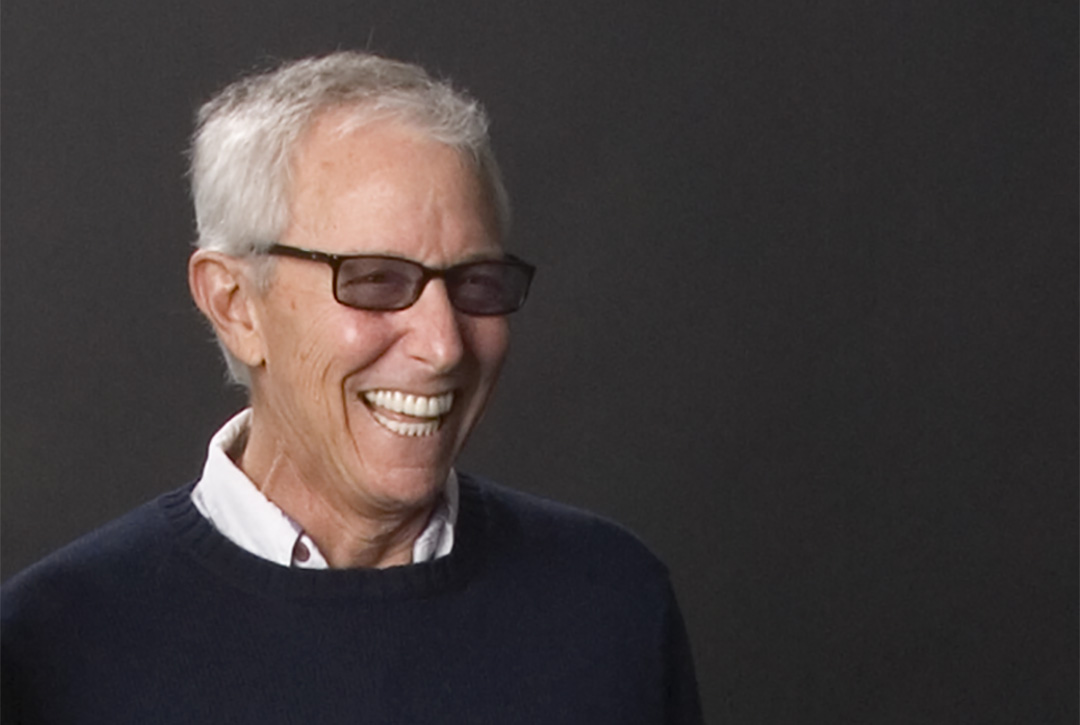
Jim Abrahams – Surely he can’t be serious
Jim Abrahams ’66 (UW Madison) was part of a prolific comedic trio including David and Jerry Zucker who wrote and directed some of the most influential, successful, and uproarious comedies of our generation.
Who hasn’t quoted lines from Airplane! and Naked Gun! over beers with their friends?
“Looks like I picked the wrong week to quit sniffing glue.”
“I am serious, and don’t call me Shirley.”
“Hey Look! It’s Enrico Pallazzo!”
“Nice beaver!”
Four decades after its release, the timeless humor of Airplane! continues to make new generations laugh. Jim confessed that he’s enjoyed seeing millennials post their First Time Watching videos on YouTube.
Jim and the Zucker brothers recently released a funny, in-depth account of the making of Airplane! called: Surely You Can’t Be Serious: The True Story of Airplane!.
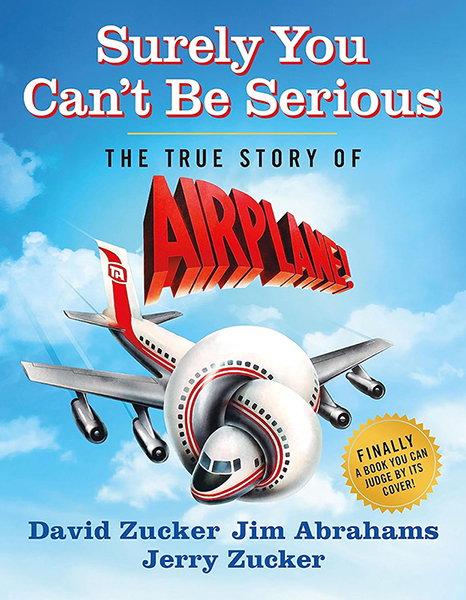
Comedy beginnings: “It was either that or study.”
Jim’s desire to amuse himself and others led him to comedy. He and his college roommate, Dick Chudnow, showcased their sense of humor with guerrilla theater, staging absurd acts on campus, just for kicks. Jim said, “It was either do [stuff] like that or study.”
In one of their pranks, Jim would wear a fake cast and Dick would deliberately trip him up in a study hall, then hit him with his own crutch. Some people got the joke and laughed, but others thought the scenes were real and got angry. It helped the duo learn the thresholds of comedy.
One of Jim’s biggest comedy influences, Woody Allen, said “I think being funny is not anyone’s first choice.” This was true for Jim.
He never suspected comedy would be a career path. He said, “Dad always thought I was a bit of a dufus, and mom thought I’d get it out of my system.”
Jim said, “I always loved to laugh and had good comedy instincts, but I also had a lot of friends who I thought were funnier than me. The difference between us was that they got good jobs.”
Kentucky Fried Theater: “We can do that!”
After college, Jim took a job as an insurance adjuster and investigator until he got a call from his lifelong friend, David Zucker that changed his life.
In 1970, David saw an underground comedy show called “Void Where Prohibited by Law” which made him laugh until tears ran down his face. After the show, he told his brother Jerry about it and said, “We can do that!”
The Zuckers recruited the funniest people they knew, which happened to be fellow UW-Madison grads, Jim Abrahams and Dick Chudnow, and formed the Kentucky Fried Theater (KFT).
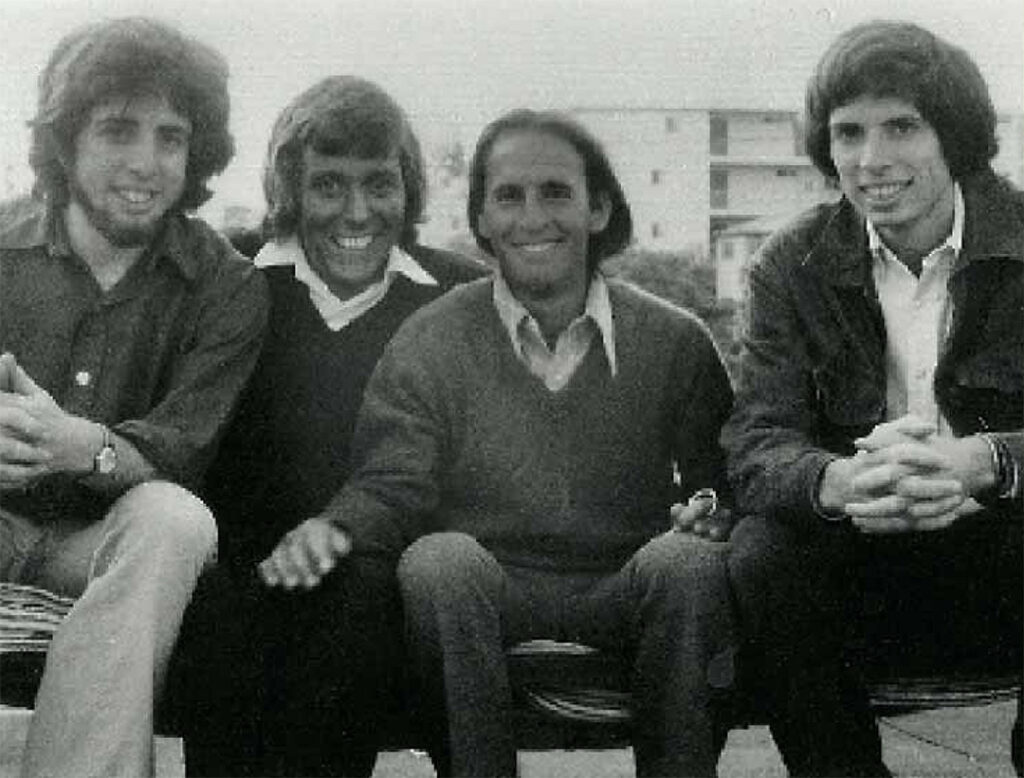
KFT was a mix of theater, video and improv. It was always a work in progress, and as the show gained popularity it became a standing-room-only event at Wisconsin, where Jim and the group honed their skills.
Because they felt awkward when the audience wasn’t laughing, they developed a “three-jokes-per-minute” comedic pace. They were quick to kill jokes that didn’t work which helped them learn valuable lessons about editing.
Comedy influencers: “We thought we had a better idea.”
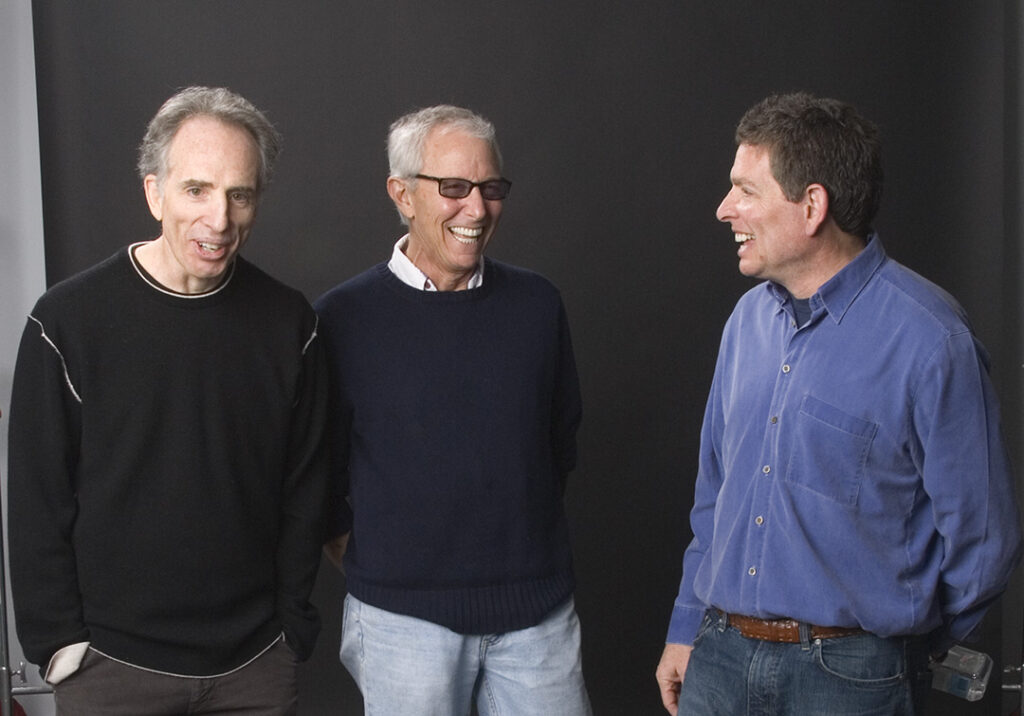
After peaking in Wisconsin, the KFT crew decided to pack up and move the show to Los Angeles, where they started getting noticed by the professional comedy scene.
Lorne Micheals and Chevy Chase saw their act years before Saturday Night Live was born. When Al Franken was interviewed to be a writer on SNL he said, “Lorne went on about how the ‘Fried’ guys assaulted the audience with non-stop jokes that left you gasping for air.”
They made their mark as a new “Second City” comedy group and were looking for the next big thing—the big screen.
Jim said, “Growing up in Wisconsin, we didn’t know anyone in the movie business or anyone who knew anyone in the movie business. But we watched others who did it. We thought we had a better idea and could seize the moment.”
Making Movies: “Pretend you don’t know you’re in a comedy.”
Zucker, Abrahams and Zucker (team ZAZ) projects relied heavily on parodies, visual gags, deadpan one-liners, and pure absurdity. They were obsessed with old movies—the cheesier the better—often getting together to watch them with the sound off as they ad-libbed their own nonsensical dialogue.
They would sit around a typewriter with Jim pounding the keys and write in a collaborative process where all three would pitch jokes, gags, or lines and riff on each other. Jim called it a “comedy laboratory.”
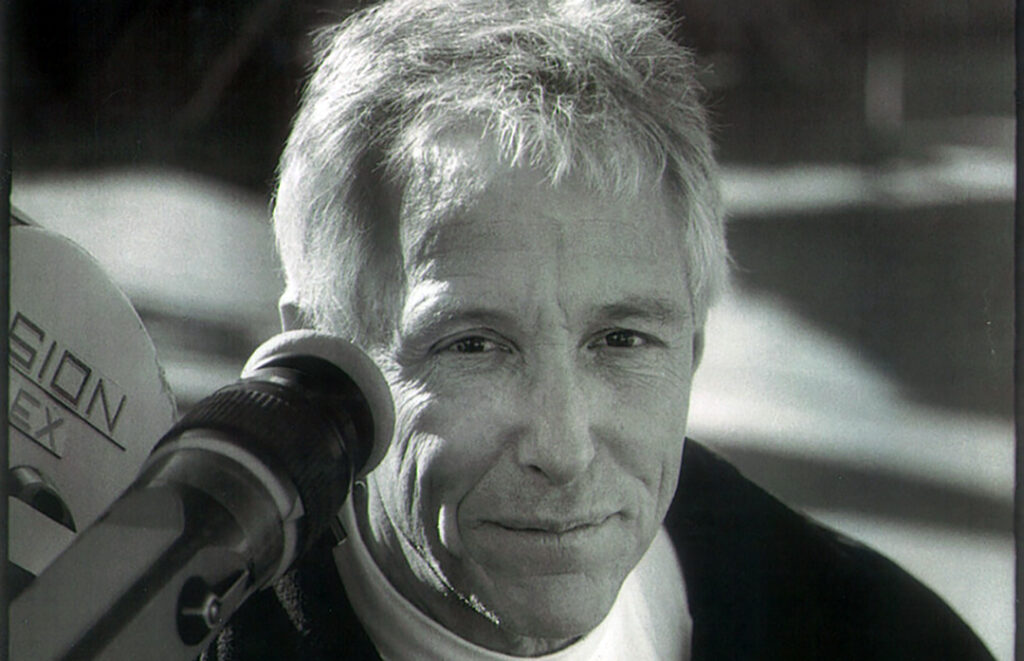
After the success of their first movie, “Kentucky Fried Movie” they felt that they needed more creative control and thought they could do better by writing and directing.
They sold their next project, Airplane!, as a spoof of the movie “Zero Hour. ” Jim found that even a parody film needs the nuts and bolts of good story telling: three acts, a character arc, a compelling love story and a dramatic conclusion. So they purchased the rights to the movie. Even in madcap comedy, people wanted structure and actually cared whether the plane crashed at the end. With that in mind, they were free to run wild with the dialogue.
While the studio pushed for comedians in the lead roles (David Letterman famously did a screen test and later admitted he was relieved not to be chosen), team ZAZ targeted serious actors like Robert Stack, Lloyd Bridges, and Leslie Neilsen.
Jim said their advice to the actors was “pretend you don’t know you’re in a comedy.” As it turns out the deadpan delivery of completely absurd dialogue was genius.
Airplane! earned a stunning 83 million dollars at the box office, and The Writers Guild of America would give Abrahams and the Zucker brothers its Best Adapted Comedy honor.
Jim went on to write, direct and produce some of the most successful comedies of all time, both with the Zucker brothers and independently. He said, “It was beyond my dream job.”
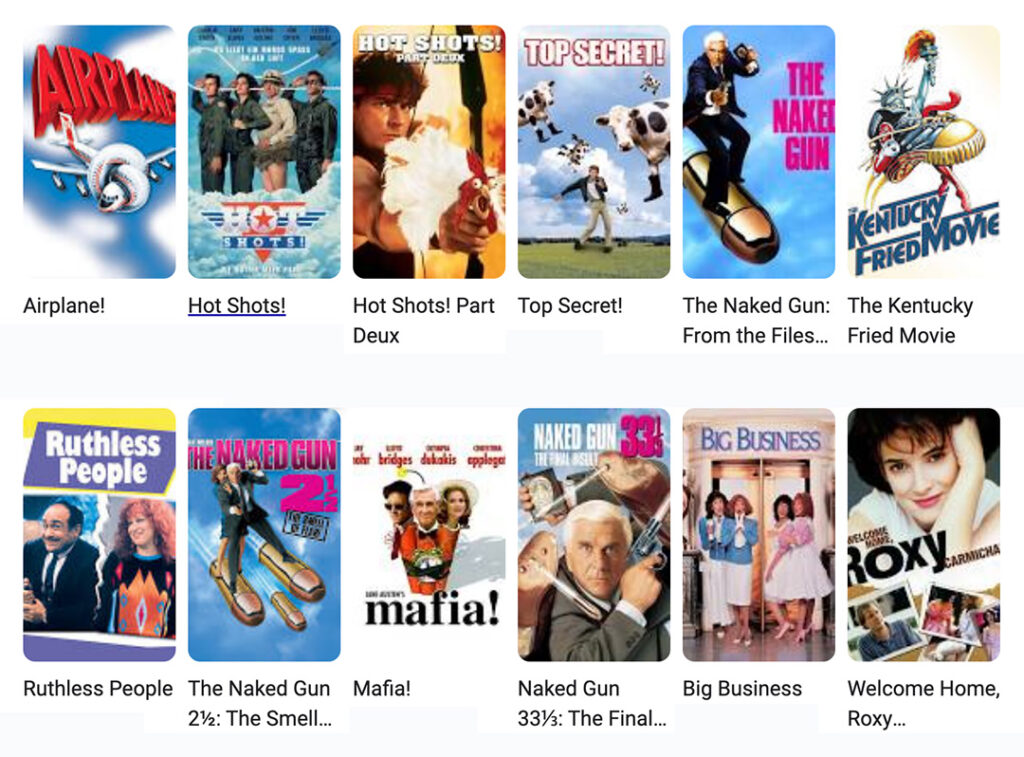
Pilam influence: “When I think of Pilam, it makes me smile.”
As a freshman in 1962, Jim rattled around a big campus where he didn’t know anyone. When he met the guys at Pilam he felt a kinship. He said, “They were my kind of people: fabulous guys, self-effacing and really funny.”
Jim called early 60s media “both literally and physically black and white.” He said, “It was easy to make fun of that. Life seemed more innocent and we could be a little rebellious” as evidenced by the 1963 Pilam yearbook photo.
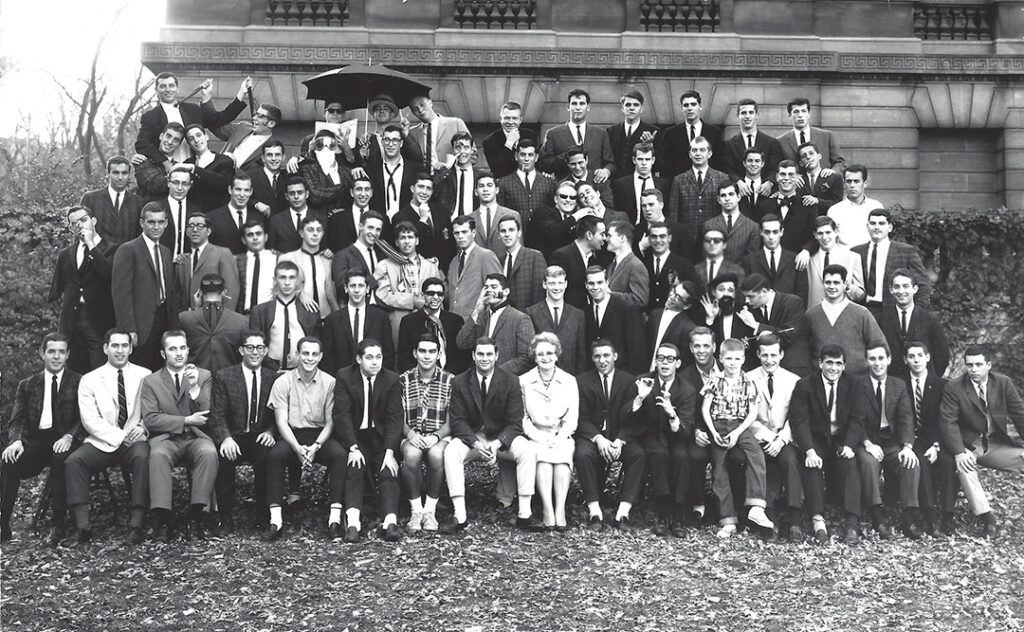
He credits his brothers for helping him through school, saying “I was a goof-off and a pretty bad student. They were very supportive.”
Jim is still friendly with a number of his Pilam classmates and has fond memories of his time at WI Omega. He said, “When I think of Pilam, it makes me smile.”
High praise from a very funny man.


